The “big three” US carriers make a large percentage of profits from their loyalty programs, and in particular, their lucrative co-brand credit card agreements. As part of this, we’re increasingly seeing airlines offer ways to earn elite status through credit card spending.
American Express and Delta have a portfolio of co-branded credit cards, and under the current program, it’s possible to earn SkyMiles Medallion elite status either partly or entirely through credit card spending. This is an area where Delta has followed American, as the AAdvantage’s Loyalty Points system lets you earn AAdvantage elite status with credit card spending.
In this post, I want to take a closer look at how credit card spending counts toward status, and talk about whether it’s worth it.
In this post:
Delta SkyMiles Medallion status requirements
Delta SkyMiles has four published Medallion elite tiers (in addition to Delta 360), with the following annual qualification requirements, all based on how many Medallion Qualifying Dollars (MQDs) you rack up:
- Delta Silver Medallion elite status requires 5,000 MQDs
- Delta Gold Medallion elite status requires 10,000 MQDs
- Delta Platinum Medallion elite status requires 15,000 MQDs
- Delta Diamond Medallion elite status requires 28,000 MQDs

Nowadays MQDs are the only metric by which members qualify for status. It doesn’t matter how many miles or segments you earn, but rather MQDs are what matter. The primary way to earn MQDs is supposed to be through flying, and you earn one MQD per dollar spent on airfare, before taxes and fees. However, you can also earn MQDs with credit cards.
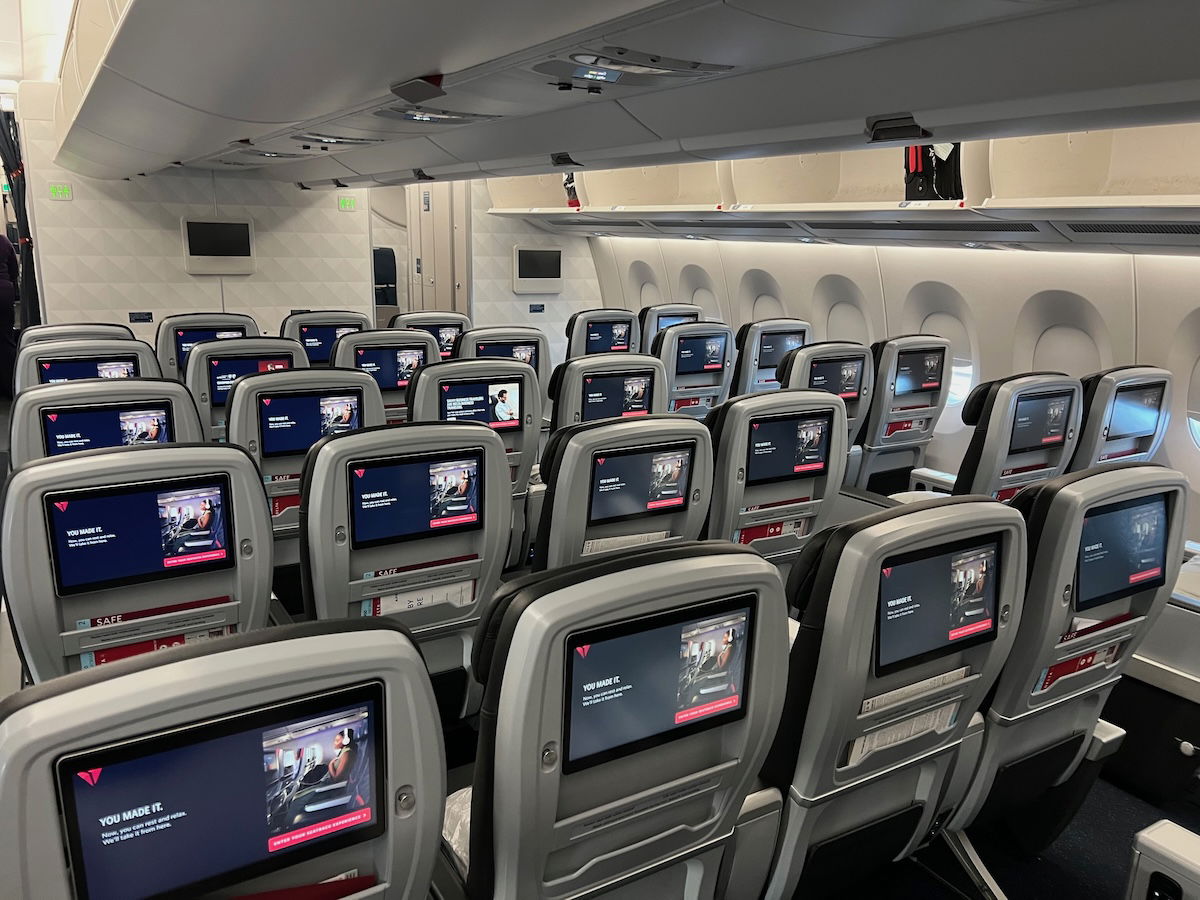
How credit card spending counts toward Delta elite status
It’s possible to earn Delta SkyMiles MQDs with Delta’s four most premium credit cards. The earnings rates depend on which card you have, as follows:
- The Delta SkyMiles® Platinum American Express Card (review) and Delta SkyMiles® Platinum Business American Express Card (review) earn one MQD for every $20 spent
- The Delta SkyMiles® Reserve American Express Card (review) and Delta SkyMiles® Reserve Business American Express Card (review) earn one MQD for every $10 spent
There’s no limit to how many MQDs you can earn with these cards. Obviously there’s a significant advantage to using the Delta Reserve Card rather than the Delta Platinum Card, since the earnings rates toward status are double as good.
In addition to the rewards for ongoing spending, you also get a headstart each year, in the form of an MQD boost just for being a cardmember. For each of the above cards you have, you receive 2,500 MQDs toward status. You could potentially earn that boost on each of the four cards, for up to 10,000 MQDs.
Just to do the basic math, assuming you have just one card (and get a headstart of 2,500 MQDs), you could earn Silver Medallion status with $25,000-50,000 in credit card spending, or Diamond Medallion status with $255,000-510,000 in spending. Those numbers go down a bit if you have multiple cards.

Opportunity cost of Delta credit card spending
Is there merit to spending $25,000 to $255,000 per year on a Delta credit card to qualify for one of these status tiers? Let me crunch some numbers, based on my valuation of points:
- Delta SkyMiles are worth 1.1 cents each
- Points with the major transferable currencies are worth 1.7 cents each
Assuming you’re spending in a non-bonused category (which would generally have the lowest opportunity cost, compared to dining, groceries, or gas, for example):
- You could be earning 1x Delta SkyMiles per dollar spent, which I value at a 1.1% return
- You could be earning up to 2x transferable points on some other cards, which I value at a 3.4% return
Specifically, you could earn 2x transferable points with the following cards:
- The Capital One Venture X Rewards Credit Card (review) offers 2x Capital One miles per dollar spent, with no caps
- The Capital One Venture Rewards Credit Card (review) offers 2x Capital One miles per dollar spent, with no caps
- The Capital One Venture X Business (review) offers 2x Capital One miles per dollar spent, with no caps
- The Citi Double Cash® Card (review) offers 2x ThankYou points per dollar spent, in conjunction with the Citi Strata Premier® Card (review)
- The Blue Business® Plus Credit Card from American Express (review) offers 2x Membership Rewards points on the first $50,000 spent every calendar year (and then 1x points)
Now, people may have different valuations of points currencies, and that’s fine, as you can adjust the math accordingly. But by my math, the opportunity cost of using a co-branded Delta credit card is ~2.3%.
In other words, spending $255,000 on a Delta credit card (which would outright earn you Diamond status, factoring in the headstart) would “cost” you $5,865, not factoring in annual fees.
Even those who mostly earn Delta status through credit card spending are probably at least partly earning status through actually flying, and are using some sort of a hybrid approach. After all, Delta even counts award flights toward elite status. For example, redeeming 250,000 SkyMiles per year would net you 2,500 MQDs.
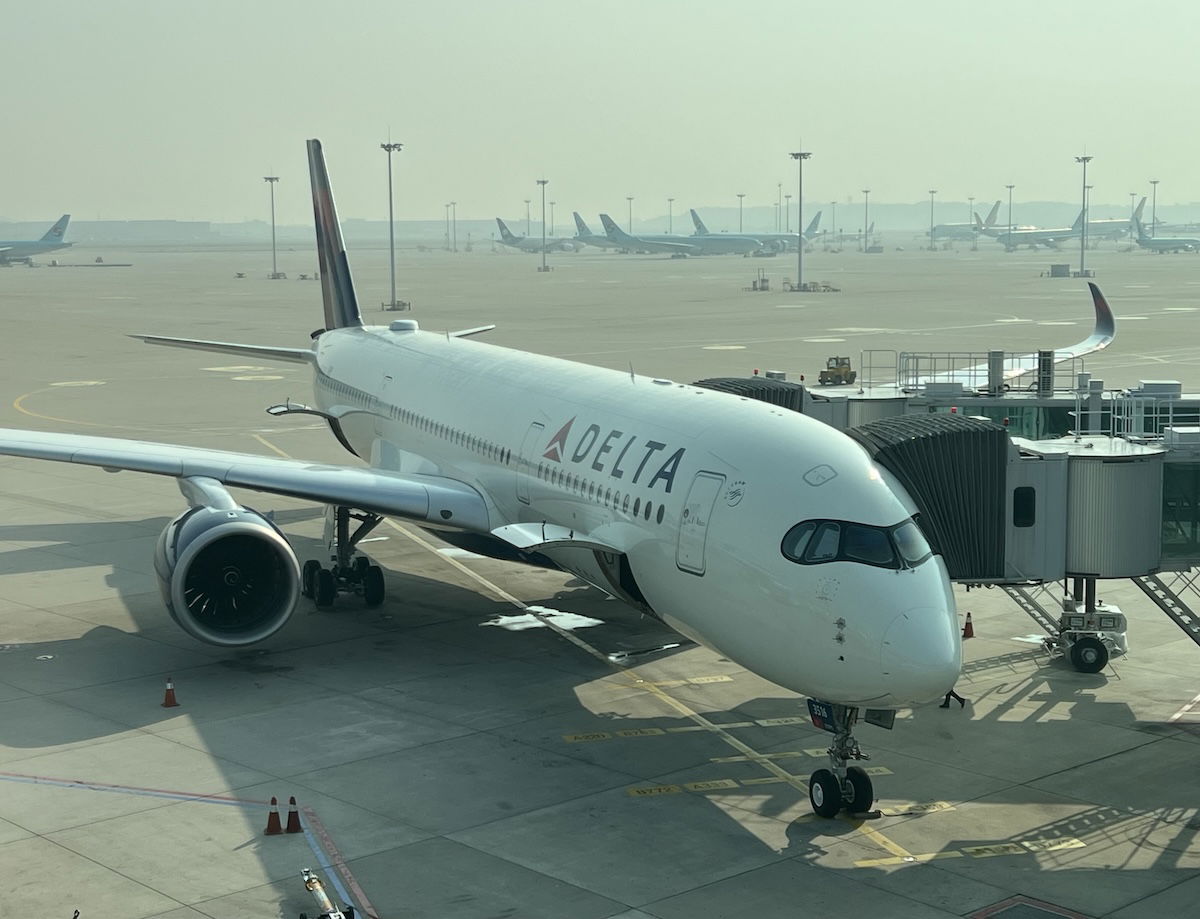
Is it worth pursuing Delta elite status this way?
Now that we’ve covered the amount of effort that it takes to earn Delta SkyMiles elite status through credit card spending, I think the logical question is whether it’s worth it. For example, if you go for Diamond status, what are the benefits, really?
- You get unlimited complimentary first class upgrades within North America; the catch is that Delta sells a vast majority of first class seats, so actually getting upgraded isn’t easy
- There are some lounge access perks, though nowadays there are many ways to access to Delta Sky Club®
- You get SkyTeam Elite Plus status, which gets you recognition across the SkyTeam alliance
- You can take advantage of the Delta Choice Benefits program, whereby you can unlock additional perks, like confirmed upgrades, which is where upgrade value really comes in handy
Personally I’d struggle to make the math work on the value proposition of this. The exception is if you’re a frequent Delta flyer, and you make it most of the way to status without credit card spending, and simply use cards to top off MQD total. If you usually find a way to fly in a premium cabin, there aren’t many incremental perks to having elite status, really.
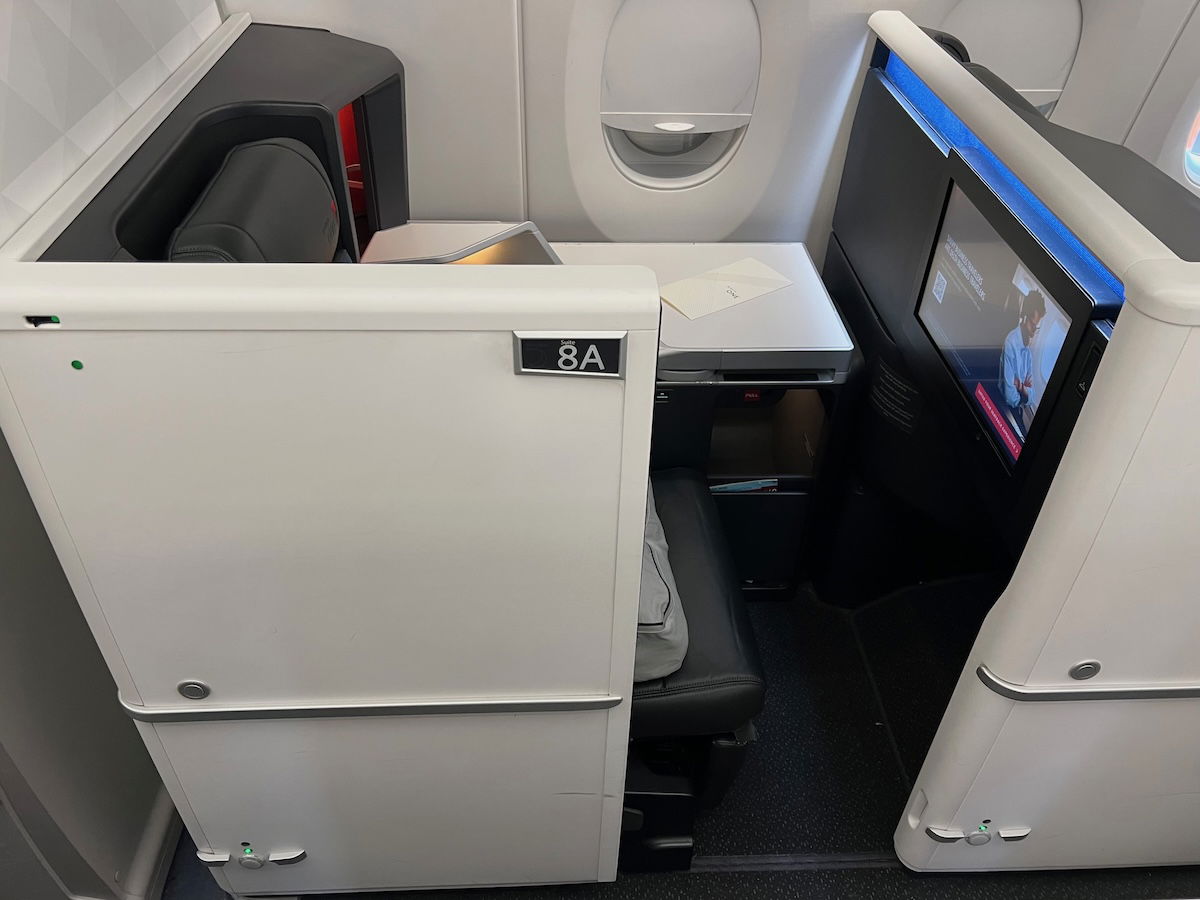
Bottom line
Nowadays Delta SkyMiles Medallion status is earned based on how many MQDs members rack up. You can earn one MQD per dollar spent with Delta, or one MQD per $10-20 spent on select Delta credit cards. On top of that, you get a headstart of 2,500 MQDs each year just for having an eligible card. This means it’s possible to earn Diamond status exclusively through credit card spending, if you put at least $255,000 of spending on the card.
If you want to earn Delta SkyMiles Medallion status, then the Delta SkyMiles® Reserve American Express Card and Delta SkyMiles® Reserve Business American Express Card are the cards you should be considering.
Now, whether it’s worth it or not is a different story. Personally I think there’s less value to airline elite status than in the past, and I’d only consider doing this if you’ve crunched the numbers and are sure the math works out.
What’s your take on spending to earn Delta SkyMiles Medallion status?
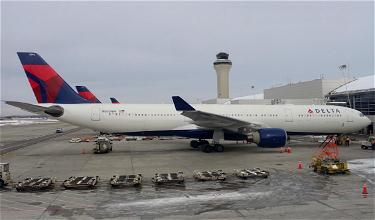

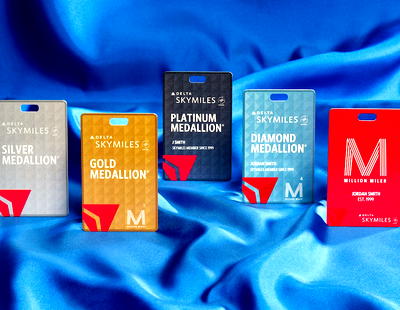
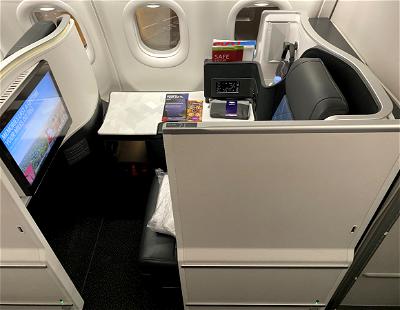
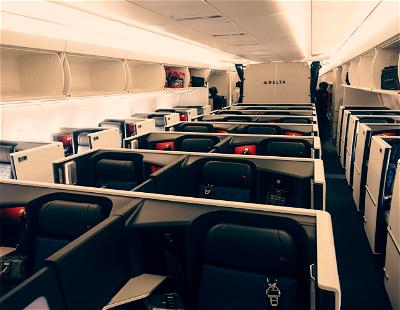
Might have been pointed out already but there is an error in the post:
“ Now, people may have different valuations of points currencies, and that’s fine, as you can adjust the math accordingly. But by my math, the opportunity cost of using a co-branded American Airlines credit card is ~2.3%.”
I think you meant ^ delta credit card
This post, while making some decent points, leaves out a lot of important information and nuance
1) As Jeff notes, you earn $2,500 MQD by just holding an Amex Delta card (Reserve or Platinum). And importantly, these stack. So if you have both a personal Delta Platinum and Delta Reserve, you start at $5,000 MQD. If you really want to get crazy you can also hold the business versions of each of these cards, and...
This post, while making some decent points, leaves out a lot of important information and nuance
1) As Jeff notes, you earn $2,500 MQD by just holding an Amex Delta card (Reserve or Platinum). And importantly, these stack. So if you have both a personal Delta Platinum and Delta Reserve, you start at $5,000 MQD. If you really want to get crazy you can also hold the business versions of each of these cards, and start at $10,000 MQD for the year, before spending a penny on the cards.
2) Comp upgrades may not be worth really striving for, but people can still get good value out of the GUC at the Diamond level. RUC at the Platinum level are a bit harder to use nowadays. That said, the value of RUC and GUC are really critical when figuring out when to go for status.
3) Almost no one is spending "just for status" on Delta (or any other airline). Most people earn a lot of the way for status via flying. So the oppportunity cost analysis needs to just factor in the the spending you actually do use.
4) Another wrinkle this year is the $75K spend threshold for unlimited SkyClub access. Heavy SkyClub users may find some benefit here
So overall, a lot more just to consider than this opportunity cost analysis, which is incomplete at best
For most people, your points are valid. But, I think the intent of the article was to get people thinking. Perhaps to ask when it would make sense. So, I wouldn't be too critical. And, let us not forget the days when $250k of credit card spending was embedded in one route to Diamond . . . and many readily did it. Lastly, there are some in the hobby who don't fly for business and who aspire to book all travel with points and in premium cabins.
You’re also forgetting that most Delta cards come with a $2,500 MQD boost just from having the card.
Assuming one can offset the annual fee with the statement credits, the MQD boost from each card would reduce the opportunity cost by roughly 9 percent. Still, my highest and best use of points leaves me with an opportunity cost of over $11,000. As GUWonder suggests, what are you really getting with tier status? And, in my case, for that $11k in opportunity cost. As another reader asked in comments to another article, what benefits...
Assuming one can offset the annual fee with the statement credits, the MQD boost from each card would reduce the opportunity cost by roughly 9 percent. Still, my highest and best use of points leaves me with an opportunity cost of over $11,000. As GUWonder suggests, what are you really getting with tier status? And, in my case, for that $11k in opportunity cost. As another reader asked in comments to another article, what benefits come with tier status that you don't get with a premium cabin ticket?
Status gets you the most benefit on economy tickets - which many people have to fly for their work or personal travel. With Gold or above status, if I am flying LGA to DFW or LGA to MIA or something, I get faster priority lines and chances for an upgrade. Most corporate policies don't let you buy premium tickets for those kinds of trips, and you aren't redeeming miles for business travel.
Perhaps the...
Status gets you the most benefit on economy tickets - which many people have to fly for their work or personal travel. With Gold or above status, if I am flying LGA to DFW or LGA to MIA or something, I get faster priority lines and chances for an upgrade. Most corporate policies don't let you buy premium tickets for those kinds of trips, and you aren't redeeming miles for business travel.
Perhaps the biggest material benefit to status ie earning more redeemable miles for the same ticket, which is almost always ignored here. If I am flying $500 LGA to ORD tickets regularly, I would much rather earn 9x or 11x Skymiles than 5x as a regular member.
@ Jeff -- Good point about the headstart. I've updated the post to reflect that, thanks!
In its simplest form, say that your $280k is on a 2X card, you transfer to Air France with a 25% bonus, and you redeem your Air France points for flights on Delta at the same 1.1 cents per point. 280k * 2 * 1.25 * $0.011 = $7700. The Amex Delta Reserve earns 1.5X above $150k, so the $280k becomes (150k * 1 * $0.011) + ($130k * 1.5 * $0.011) = $3795. If points are used for Delta flights, that's about $4000 in opportunity cost.
In the alternative, I'd be using Air France points for Air France flights and my typical redemption is 2.5+ CPP. Which, in the end, translates to an opportunity cost of about $13,700. Or, a person might earmark those points for a redemption on EK, EY, or SG at 4 to 6 CPP. In which case, the opportunity cost is even higher. If a person's tier status objective is upgrades, then just buy the upgrade and capture credit card value elsewhere.
In a little bit less simple form, we'd acknowledge the Delta Reserve spending would generate approximately 350k points. If redeemed, a person would receive $3500 MQD credit. Add in the $2500 MQD boost Jeff notes (above as well as for each card). All of this drives one's opportunity cost down. But, it remains significant. Too much squeeze for too little juice.
It’s a waste of dedicated spend for most frequent DL flyers to use a DL credit card to run up spend. Instead spend on cards for big sign-up bonuses that provide cash back or transferable points and on such cards instead of the airline cards and use the savings/returns to buy what you want when you want instead of counting upon elite status counting for much.
I have top tier elite status in each of...
It’s a waste of dedicated spend for most frequent DL flyers to use a DL credit card to run up spend. Instead spend on cards for big sign-up bonuses that provide cash back or transferable points and on such cards instead of the airline cards and use the savings/returns to buy what you want when you want instead of counting upon elite status counting for much.
I have top tier elite status in each of the big airline alliances, and the status is worth way less nowadays than it was ten and twenty years ago. In other words, be careful about not overpaying for devalued airline program status.
Chasing Delta and BA status nowadays is a form of financial illiteracy for most frequent flyers, one that the airlines want to exploit more extremely than even before. Actually, loyalty toward an airline is often just that: a sign of poor financial decision-making capability.
To GUWonder…I have EP status with aa, platinum with delta. I was looking to get gold status with UA, to have all 3 airline alliances covered with mid to high (not top) status. My main goal was getting lounge access in the US, and international, and better customer service. I have a lot of biz spend I put on cards in the 4 major eco systems, so I usually get more than a million points...
To GUWonder…I have EP status with aa, platinum with delta. I was looking to get gold status with UA, to have all 3 airline alliances covered with mid to high (not top) status. My main goal was getting lounge access in the US, and international, and better customer service. I have a lot of biz spend I put on cards in the 4 major eco systems, so I usually get more than a million points in each eco system yearly. Spending a bit more on some airline cards to assist doesnt hurt me too much in the points game.